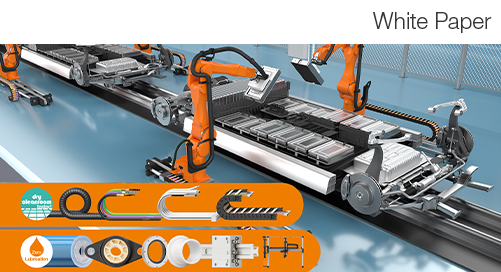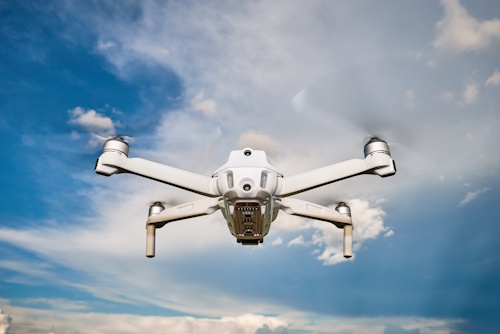Industry Secrets: Stop These 5 Hidden Cable Carrier Killers Today
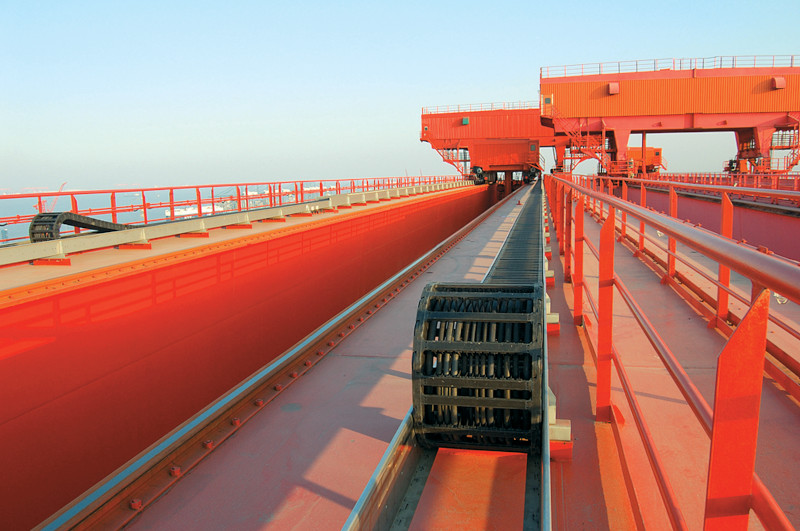
Right now, there are cable management systems everywhere praying that you’re reading this blog post because they don’t want to die young. Dramatic much? Not entirely.
If you’re not paying attention to your system before it starts giving you obvious warning signs like ejecting parts and experiencing cable failures, then your system is at risk of failing prematurely. Luckily, there are five simple things you can do that will pay big dividends in the life expectancy of your system, and this blog post breaks it all down for you. Let’s get started.
1. The messy murderer: debris
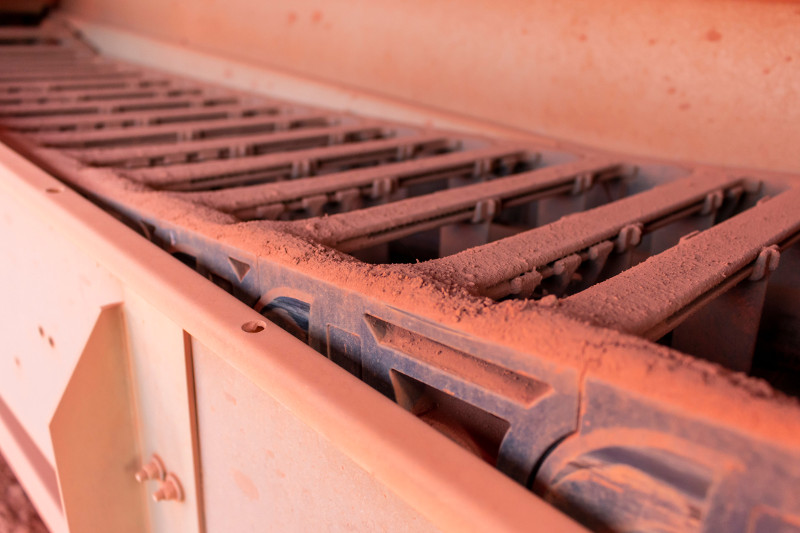
Making sure that your system is free and clear of any debris is one of the most important, yet most neglected, things you can do for your system because a clean system always runs longer. It’s surprising what we find inside the trough systems that start creating accelerated wear or breakage. Misplaced tools, trash, and especially products of the production process such as sawdust, gravel, shavings or chunks of rock can all find their way into open systems.
2. Cable strain is lying in wait
Properly positioned and strain relieved cables are crucial for extending your cables’ service life and will help the entire system last longer.

Each of the cables should have some type of clamping system to properly fix them in place at both the moving and fixed ends of the cable carrier. When using a strain relief system, it’s imperative to install it properly. Incorrect strain relieving can create more failures than not strain relieving at all. This does not mean you should remove all of the clamps from your cables if you are not sure if it is correct! The best way to ensure that your cables are positioned properly is to inspect them in the loop of the chain. If the cables are touching the inner or outer radius crossbars, you have an issue that needs to be addressed. The cables should be able to move freely in their positions half-way up the loop. Here is a helpful reference document with visual aids.
Related: Crane inspections: a comprehensive guide
3. An improperly-aligned guide trough system might be going in for the kill
Having a proper guide trough system for your cable carrier is critical for reaching its maximum service life. The guide trough system ensures the cable carrier's wear surfaces are aligned and working properly. For every application there is a factory-specified inner trough width based on the outer width of the chain. This tolerancing between the cable carrier and trough can vary for different products, so please reference your installation instructions for these values. While you are inspecting the trough, look for areas that could be too narrow for the chain and create accelerated wear on the side link. These conditions could be caused by an improper installation or preventative maintenance work when loose fasteners are tightened without first checking the chain/trough tolerancing. The guide trough could also be damaged by personnel or equipment causing bends or dents that encroach into the operating area of the chain. Damaged or missing parts should be replaced immediately before additional damage occurs.
4. Align the moving end bracket before your cable carrier is fish-food
Position yourself directly above the moving end cable carrier bracket and see if it is aligned with the centerline of the guide trough system below it. The moving cable carrier bracket should track the centerline of the trough throughout the entire range of motion. Spot check this alignment in several locations along the entire travel path of the machine. If it is consistently off in one direction, you might be able to make an adjustment at the moving bracket. If the offset varies to both sides, you may need to perform a trough system re-alignment. If this is the case, you can reference our installation manual that explains trough alignment procedures. This situation could also be resolved by adding a floating tow-arm to allow some variance along the length of travel or to provide some forgiveness in your installation tolerances.
5. Missing or broken components have your cable carrier with one link in the grave?
As obvious as this sounds, it is often overlooked by most users. Finding a missing part like a crossbar could be an indicator of a larger problem, such as the cables being pulled too tightly against the inner radius crossbars in the loop of the chain. Missing fasteners can cause trough shifting, which creates obstructions that could lead to catastrophic failures. If a section of the trough were to start moving due to loose or missing fasteners, it could find its way into the path of the moving cable carrier and cause massive damages to the system. Hint: Don’t wait to see parts laying on the ground outside of the system (where they can no longer do damage). If you see a missing crossbar, best practice would be to figure out where that part is now. It could have settled inside the chain against the cables ready to create failures. Make sure that you do a quick inspection up and down the chain to look for loose, damaged or missing parts.
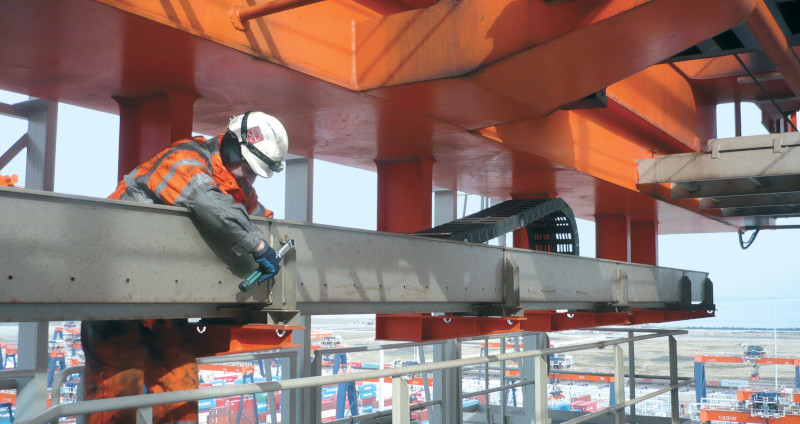 Now, you’re ready to answer the prayers of your anxious cable carrier. If you’re more comfortable with having factory-trained personnel perform this work for you, have questions that were not covered in this blog post, or run into issues during your inspections, contact us at us-orange-services@igus.net or call 800-521-2747 and ask for the ORANGE service team. We are also available for virtual visits.
Now, you’re ready to answer the prayers of your anxious cable carrier. If you’re more comfortable with having factory-trained personnel perform this work for you, have questions that were not covered in this blog post, or run into issues during your inspections, contact us at us-orange-services@igus.net or call 800-521-2747 and ask for the ORANGE service team. We are also available for virtual visits.
Before you go, what's the strangest thing you've ever found inside your cable carrier? Let us know in the comments section below.

